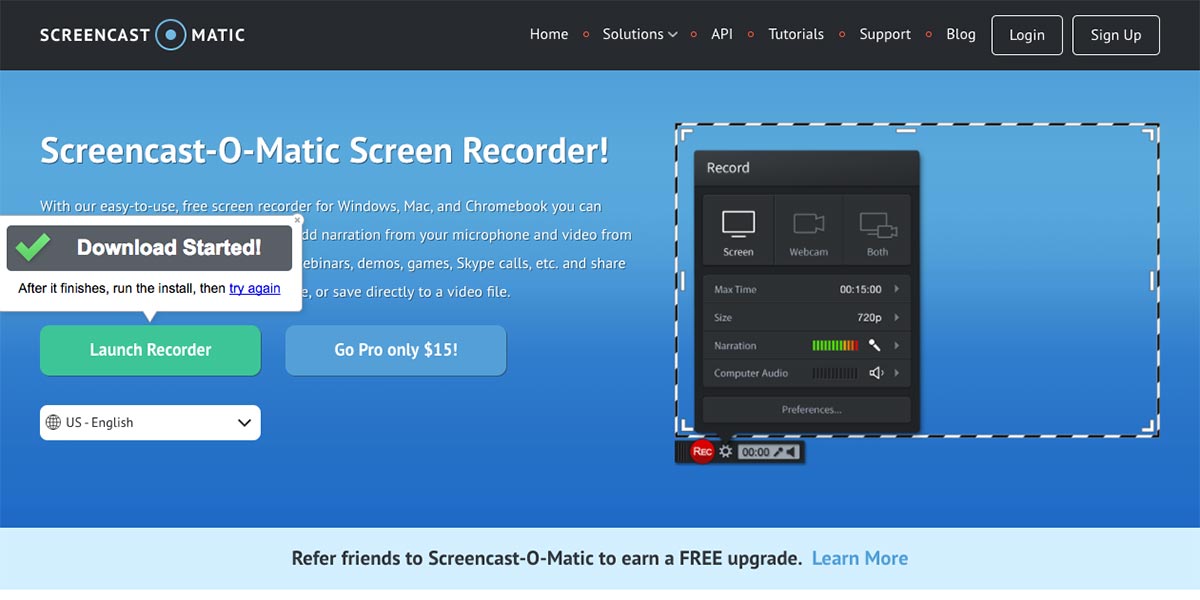🧠💬💻 Using the Community of Inquiry (COI) Framework with EdTech Tools in Blended Learning
🧠💬💻 Using the Community of Inquiry (COI) Framework with EdTech Tools in Blended Learning
This week’s journey through the **Community of Inquiry (COI)** framework has been both 🌟eye-opening and 💡inspiring. The COI model emphasizes that a meaningful online or blended learning experience is grounded in the thoughtful integration of three core elements: Teaching Presence 👩🏽🏫, Cognitive Presence 🧠, and Social Presence 🤝. As an educator, understanding and applying this framework helps us design more engaging, supportive, and impactful virtual learning environments 📚✨.
👩🏽🏫📹 Teaching Presence: Designing and Directing Learning
Teaching presence is all about how we structure and deliver learning experiences. It involves designing lessons, guiding student interactions, and providing direct instruction. One of my favorite tools to support this is Screencast-O-Matic🎥. With this user-friendly screen recording tool, I can create short, engaging lessons that explain tough topics, provide walkthroughs for assignments, or demonstrate practical skills. 💪🏼
Once recorded, I upload these videos to a private YouTube channel 📺, so students can access them 24/7 ⏰. This on-demand content allows learners to pause, rewind, and review at their own pace, an essential feature in blended and online learning. For instance, I often use Screencast-O-Matic to record explanations of nursing models or breakdowns of lab report analysis 🧪, then pair them with relevant YouTube tutorials from professionals around the globe 🌍.

🧠✨ Cognitive Presence: Encouraging Meaningful Learning and Reflection
Cognitive presence involves helping students develop the ability to construct meaning through critical thinking, reflection, and discussion 🧐🗣️. To nurture this, I incorporate Blogger 📝 into my courses as a platform for students to express their thoughts and connect learning with real-world practice 🌱.
Each week, students respond to reflection prompts such as: How did you apply a nursing theory in your clinical rotation?" or "What ethical challenge did you face and how did you handle it?" These posts allow learners to process their experiences and demonstrate their understanding 📘✨. Over time, these digital journals become meaningful portfolios of growth 📈.
I also encourage students to read and comment on each other’s blogs 💬🧑🏽🤝🧑🏼, creating a shared space for dialogue and idea exchange. This peer interaction not only enhances learning but also builds a sense of community 💞 and intellectual curiosity.
🤝💬 Social Presence: Building a Sense of Community
Social presence is all about connection and authenticity. In online learning, it’s easy to feel isolated but it doesn’t have to be! Tools like Zoom 🧑🏾💻👩🏻💻 enable real-time face-to-face interaction that makes learning feel more human 💗.
Every Friday, I host “Virtual Coffee & Cases” ☕🩺 a relaxed Zoom session where students analyse clinical scenarios together. We use breakout rooms to allow small group discussions, which helps shy students find their voice 🗣️ and makes the learning process more inclusive 🫶🏽. With everyone sharing screens, laughing over relatable moments, or showing off diagrams they’ve made in Canva 🎨, the energy is always high!
Zoom reactions 👍🏽😂❤️ and chat threads bring the classroom to life, even if we’re all in different locations 🌎. These real-time exchanges truly bring the community of inquiry to life 💬🌐.

🎯 Final Thoughts
When I first started teaching online, I feared losing the spark of real-time engagement and hands-on learning 🔥. But through the lens of the Community of Inquiry framework, and with the right tools 🎒, I discovered new ways to ignite that spark, virtually.
By blending teaching presence with purposeful video content, encouraging cognitive presence through blogging and reflection, and fostering social presence in live Zoom sessions, I’ve created a vibrant virtual classroom that feels just as connected and powerful as a physical one 🏫💫.
Technology, when used intentionally, empowers us to be not just instructors, but facilitators of meaningful learning journeys 🚀. And most importantly, it helps our students feel seen, heard, and inspired.
💬 What are your favourite tools or strategies for creating presence in your online classroom? Drop them in the comments below, let’s build community together! 💻👨🏾🏫👩🏻🏫
References
1. Anderson, T., Rourke, L., Garrison, D. R., & Archer, W. (2001). Assessing teaching presence in a computer conferencing context. Journal of Asynchronous Learning Networks, 5(2), 1–17.
https://doi.org/10.24059/olj.v5i2.1875
2. Garrison, D. R., Anderson, T., & Archer, W. (2000). Critical inquiry in a text-based environment: Computer conferencing in higher education. The Internet and Higher Education, 2(2–3), 87–105.
https://doi.org/10.1016/S1096-7516(00)00016-6
This blog was fun to read. I enjoyed it
ReplyDeleteLove the usage of the emojis, very fun touch. I love the way you integrated the tools into the COI model.
ReplyDeleteI really enjoyed this read.I appreciate the personal touch you gave it.My favourite tools include using google forms and blogs.My strategy is to create activities that promote student interest and engagement.
ReplyDeleteThis reflection beautifully illustrates how the Community of Inquiry (COI) framework comes alive in practical, engaging ways. The blend of screencasting for Teaching Presence, blogging for Cognitive Presence, and Zoom for Social Presence highlights how thoughtfully selected tools can humanize online learning. Your “Virtual Coffee & Cases” is an especially creative, community-driven approach that fosters connection and critical thinking. Truly a model of intentional, presence-rich teaching
ReplyDelete